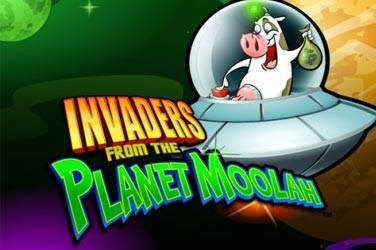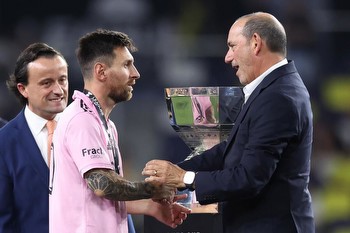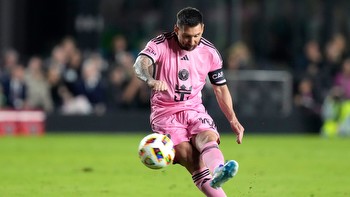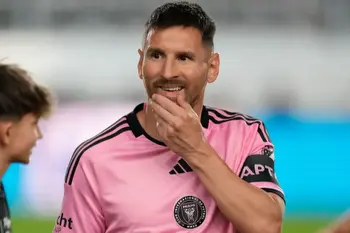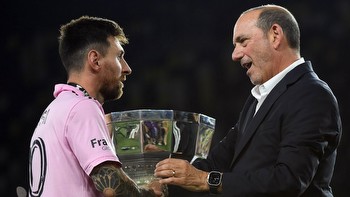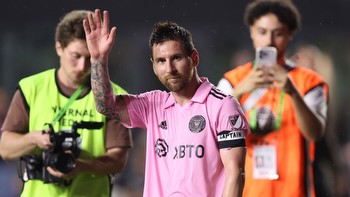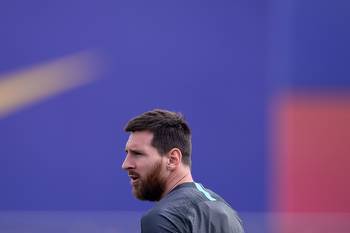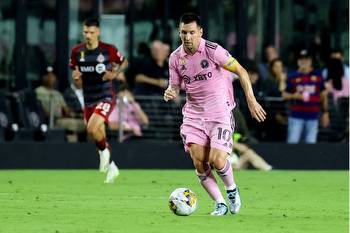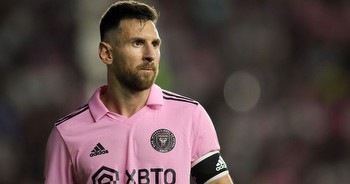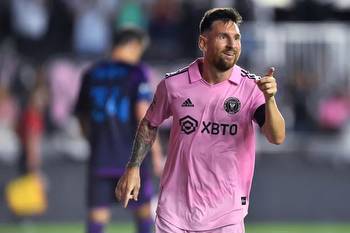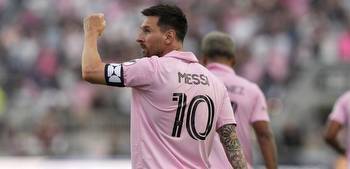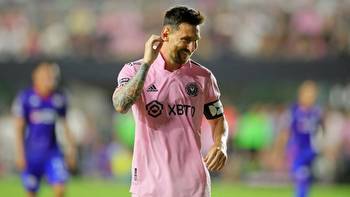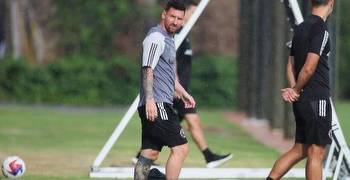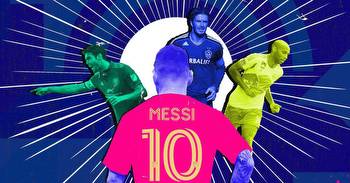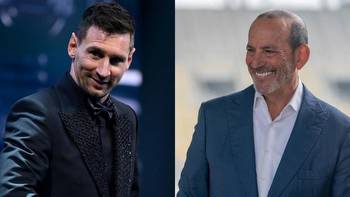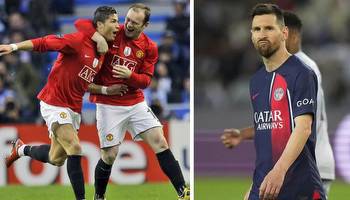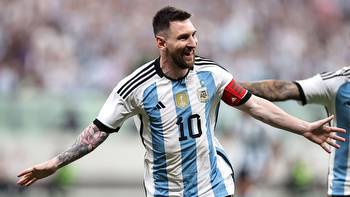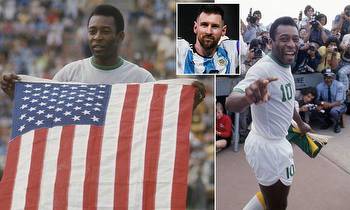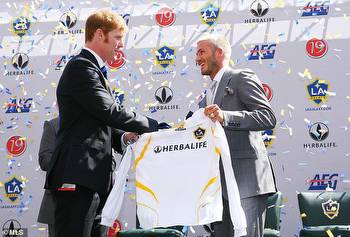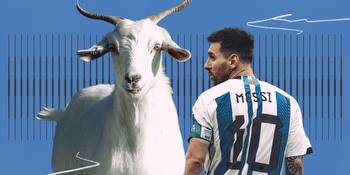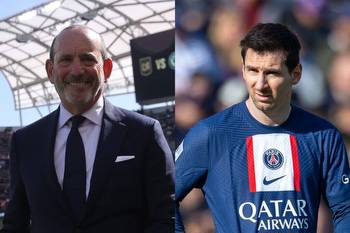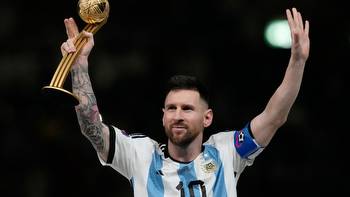One player who defended Pele remembers the Messi-like impact of the player on American soccer
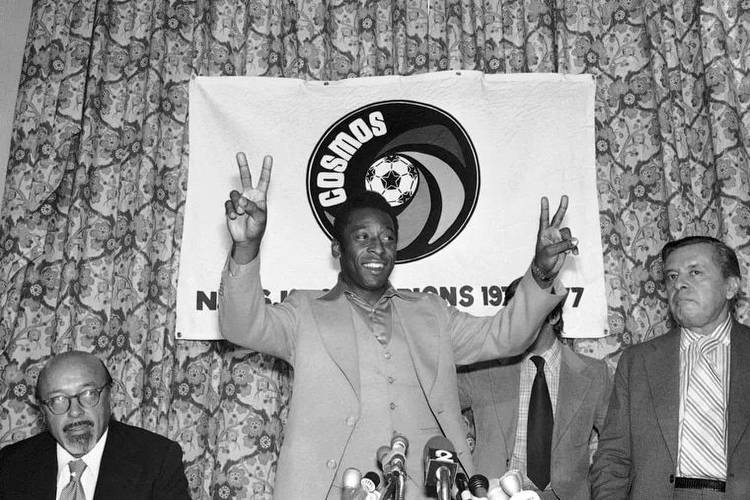
Randy Garber and his soccer-crazy buddies in Abington hitched a ride every four years to Philadelphia, stuffed into a dark theatre somewhere in Center City and watched the sport’s international stars on closed-circuit TV. It was the only way to watch the World Cup in the 1960s and 1970s and the kids from Abington studied what they saw on the big screen and tried to bring it back with them to the fields in Montgomery County.
“We saw all of those games,” Garber said. “Ninety percent of the audience was foreign and they spoke every language. Every once in a while they’d lose the feed and the screen would go black. Those guys were about to rip that place apart. It was hard to believe we were there.”
So imagine how Garber felt years later when his coach assigned him to defend Pelé, who dazzled on the screen before the feed dropped. Long before Lionel Messi came to Major League Soccer, Pelé, arrived in the U.S. to jumpstart the sport with the New York Cosmos. The Brazilian played the final three years of his iconic career in the North American Soccer League, where Garber played after leaving Penn State.
Pelé, like Messi, was a global icon and the biggest name in soccer. The sport was not yet mainstream in America but league officials thought Pelé could push it there. Messi’s task -- which begins Friday for the Argentinian with Inter Miami -- is similar: help the MLS reach new heights not only in the U.S. but around the world. And like Pelé, someone will have to guard him.
“He was older and in his 30s but he just knew where everyone was,” Garber said. “You basically would be standing next to him and then next thing you know, he’s behind you. Mentally, he was so above everyone else.”
“I can imagine it’s going to be the same type of situation down in Miami with Messi. That franchise is just going to go through the roof. A lot of people just traveled to whatever stadium Pelé went to. They just wanted to see him. It’ll be the same with Messi.”
Garber played at Abington High before spending two years at Mercer County Community College, where he was an All American. The midfielder considered playing for the Philadelphia Atoms -- the NASL team that played at Veterans Stadium -- but enrolled at Penn State. He was first coached by Herb Schmidt and then Walter Bahr, the legendary player from Kensington who helped the U.S. upset England in the 1950 World Cup.
Garber left school when he was selected in January 1975 by the Tampa Bay Rowdies -- who played in Buccaneers football stadium -- in the NASL Draft. Six months later, Pelé joined the Cosmos.
The Cosmos with Pelé were like the New York Yankees in shin pads. They carried one of the most expensive payrolls in professional sports as they teamed Pelé, with some of the other faces that used to only show up every four years in that dark theater. They had Germany’s Franz Beckenbauer, Italy’s Giorgio Chinaglia, and played at the newly built Giants Stadium. The Cosmos drew crowds everywhere like the time 20,000 fans came to The Vet despite knowing Pelé, would not play that night.
Pelé didn’t instantly make soccer an American pastime, but he did help the sport gain some footing in the U.S. Messi’s arrival is aimed to give more legitimacy to the MLS and help the top-tier of American soccer gain more subscribers to its TV package overseas. The only way to watch Messi, still soccer’s biggest star at 36 years old, will be with Inter Miami. The league is betting fans will pay to watch.
“A transformational moment for our league, for sure,” MLS commissioner Don Garber said. “You have the best player in the history of the game to be choosing Major League Soccer is something we couldn’t be more excited about…”We want to be one of the top soccer leagues in the world,” Garber said. “Now we proved to the world that we can at least compete with the top player in the world, but how do we capture the hearts and minds of fans around the world? How do we capture the hearts and minds of every player?”
Garber won the NASL championship -- the first “Soccer Bowl” -- as a rookie in 1975 and played a game that summer for the U.S. National Team. He was traded a year later to the Los Angeles Aztecs, where he played with George Best, another closed-circuit star. Garber moved the next season to the Washington Diplomats. That’s when he was told to keep an eye on Pelé in front of 34,189 fans — the type of soccer crazies who used to cram into the theater — at Giants Stadium.
“Before the game they discussed it,” Garber said. “They said ‘Just make it difficult, just mirror him, stay with him. Don’t lose him.’ But the problem was that the Cosmos roster had so many good international players. They connected passes and scored goals at will. You were lucky to just stay close to him.”
The Cosmos thrashed the Diplomats, 8-2, but they played again two weeks later in D.C. Pelé’s career was winding down and Garber knew the icon was giving his jersey to an opponent after each game. Forget about mirroring him, the kid who used to watch Pelé, in the theater needed that shirt. He asked Pelé, for it before the regular season finale at RFK Stadium and then chased him as Pelé, sprinted off the field after the final whistle.
“They’re running after Pelé,” the broadcaster said on the Cosmos telecast. “He just threw his jersey away and said ‘Go get it.’ It’s a battle between two Diplomats to get the jersey.”
Garber emerged from the pile with the shirt — white with Pele No. 10 on the back — and still has it at home, a memory of his encounters with the star of the screen and a reminder of the jolt American soccer can receive from an international icon.
“He was a normal guy,” Garber said. “He was just one of these guys who came into the league and said ‘Don’t you adjust your game, I’ll adjust my game according to the way you play.’ He was a down-to-Earth guy who was just an absolutely amazing soccer player and also someone who really promoted the game. Once he came over, everyone wanted to come over and play in the NASL. I was in the right place at the right time.”
